Describe Cartagena in one word? Easy—COLORFUL. In the walled center city, every street you turn down is a multi-colored sheet, from deep yellows to bright oranges to Caribbean blues.
My question is, why aren’t buildings and house in the United States (and everywhere, for that matter) as colorful? We must keep this palette inspiration in mind for future home decor.
I heard that every street in old Cartagena could be a postcard, and it’s not an exaggeration. Each corner we turned was another brightly painted house, another beautiful stone church, and bougainvillea for as far as you could see.
Cartagena is also full of history. Don Pedro de Heredia has the credit of founding the city for Spain in 1533, and Cartagena was the target of many attacks by the English and French because of the gold and the fact that it’s basically a port into the rest of the South American continent. Because of these many attacks, the Spaniards fortified the city with a huge wall and fort. These along with the beautiful buildings throughout the old city have earned Cartagena the honor of being an UNESCO World Heritage Site.
We visited the San Felipe fort, which I loved exploring—from walking along the walls and ramparts, to creeping through the tunnels (where I accidentally scared someone from a particularly dark corner.)
But what the San Felipe fort lacked were great sea views, because it’s actually located at the end of the bay, rather than at the mouth of the bay that opens up to the Caribbean. Instead, for a mix of historic buildings and sea views, you must walk around the walls that fortify and surround the old city. Watch out for sudden drop-offs and narrow walkways with no railings!
The walls are also a perfect spot for watching the sunset on the Caribbean. Our first evening here, we splurged on drinks at Cafe del Mar, a popular bar on the wall where tourists gather to watch the sunset with a mojito in hand. But on other days, we opted to buy beers on the street and watch the sunset from other outposts on the wall—it’s much cheaper, and the same view! (And the mojitos weren’t that good at Cafe del Mar, anyway. Also, drinking in public is legal here.)
We did splurge again on a ceviche date night (the first time I’ve used my minimal makeup supplies on this trip). We went to the famous La Cevicheria restaurant, just a few blocks from our apartment, and had the freshest and most flavorful ceviche of our lives.
We also did a day tour of the Rosario Islands and Playa Blanca—we had high hopes for the tour, and while there were some definite high points, it was overall a letdown. We spent too much time in an overcrowded boat getting everywhere, and not enough time actually enjoying the beautiful islands. Playa Blanca was also an objectively beautiful beach, with white sands and crystal clear blue water, but it was packed with people. We had trouble finding a place to sit, and local traders were soliciting us constantly. (We were there during a popular time for Colombians to travel, so it may be less crowded in more of an off-season.)
But our 50-minute snorkeling stop at the Rosario Islands was pure bliss. I have never seen such perfectly blue and clear water, full of coral and brightly colored fish. Most people got off at the aquarium before the snorkeling stop–which is a puzzle to me, because we heard the aquarium is very mediocre, and how could you pass up swimming in this perfect Caribbean setting?
Unfortunately, we didn’t bring any cameras with us on this excursion, so I’ll just link instead to Google images.
Now, we’re getting ready to leave the Caribbean for Patagonia—hopefully the switch from beaches to glaciers won’t be too much of a shock!
Travel Notes:
- Of all the Colombian cities we went to, Cartagena is by far the most touristy (but I can’t complain too much because we’re also tourists.) With so many tourists in Bermuda shorts and big hats comes many locals trying to constantly sell you something. A polite by firm “no gracias” should suffice. Inside the walled city, it’s less touristy the further you get from the main clock tower.
- It’s safe to walk around the walled city at any time of the day or night. We didn’t spend as much time in Getsemaní (the neighborhood right outside the walls) at night, but the one night we did go there we felt safe enough walking around, though we didn’t stray too far from Calle Media Luna. During the day, it was fine—a bit grittier than the old city, but still beautiful and fun to explore.
- In addition to the Playa Blanca beach, we also tried out the beaches of Bocagrande (a hotel-filled tourist strip south of the walled city). They were not nearly as picturesque as Playa Blanca, but they were still clean and fun to swim in the water there. They were less crowded, and we could sit under a tent for as long as we wanted for $15,000 COP (~$5 USD).
- Before you take a taxi, always confirm the cost with the driver. For us, the cost from the airport to the center city was $10,000 COP (~$3 USD).

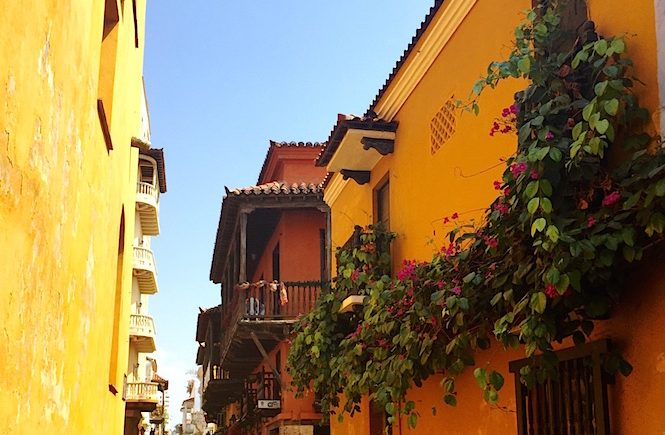
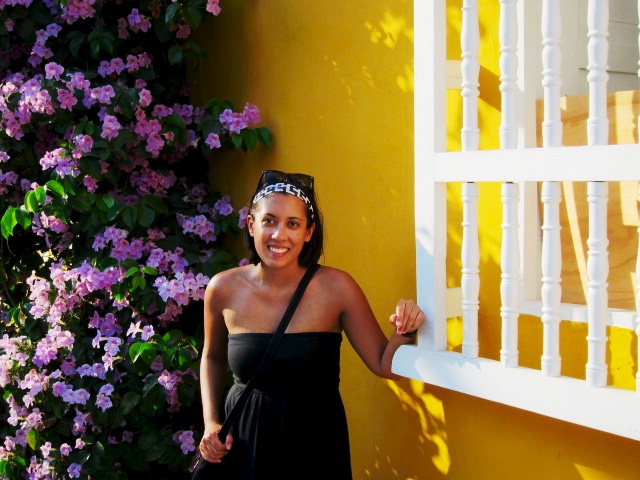
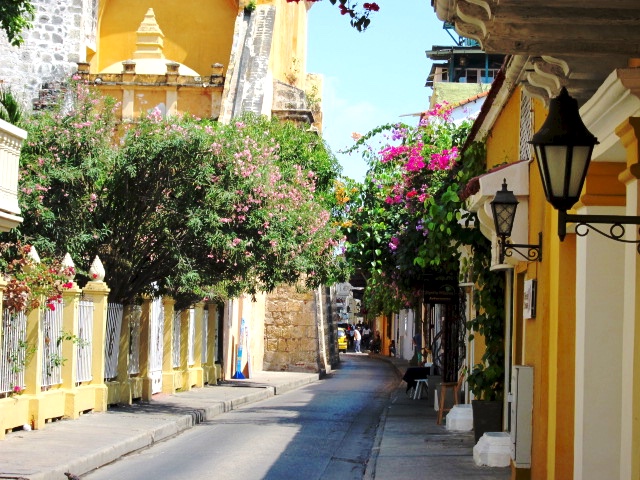
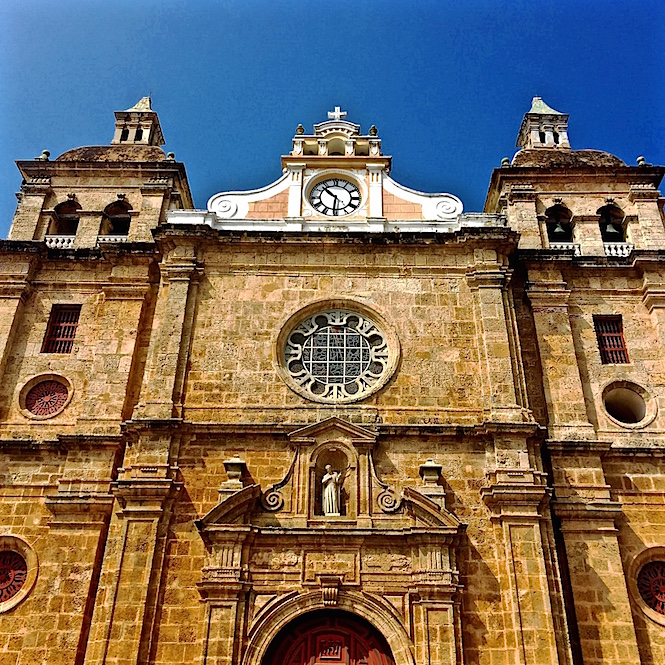
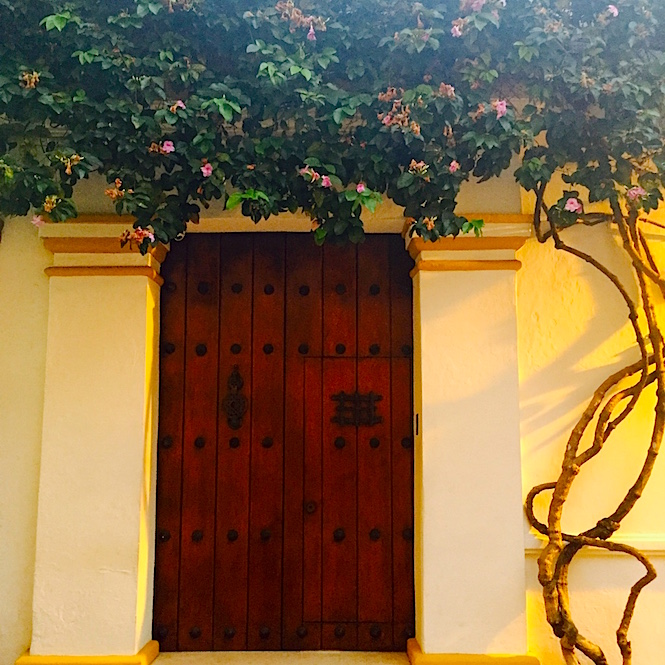
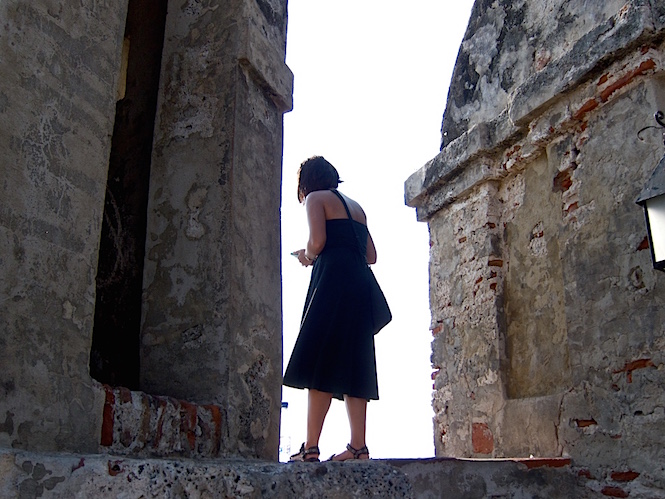
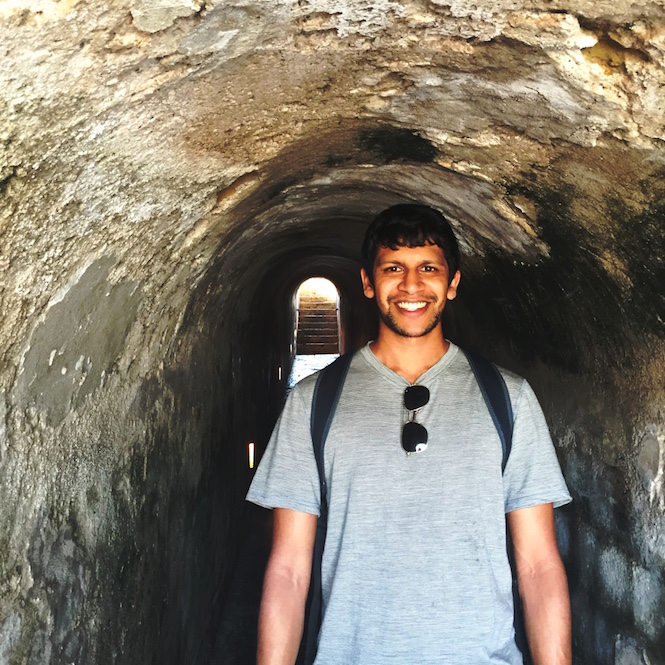
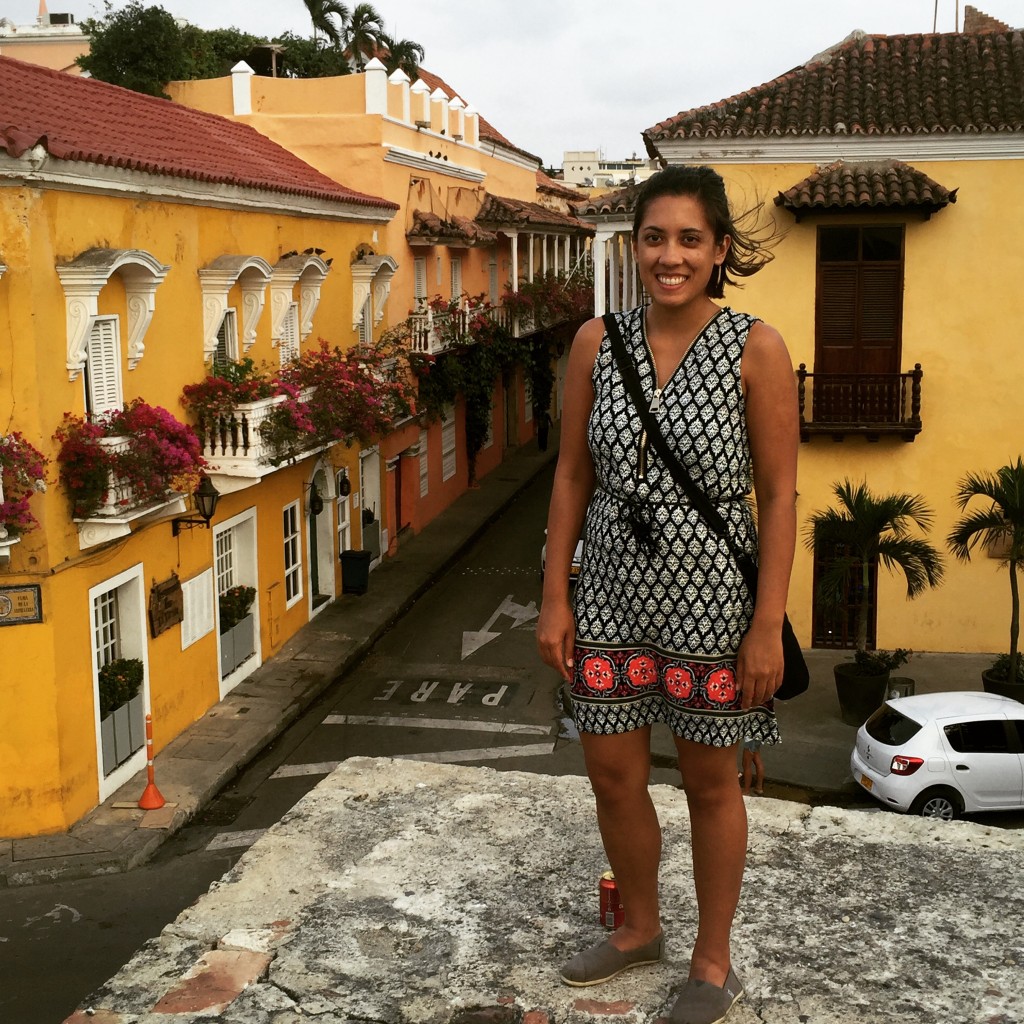
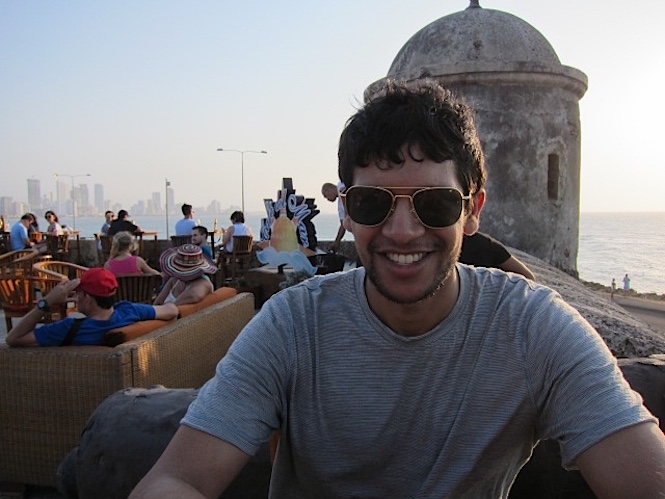
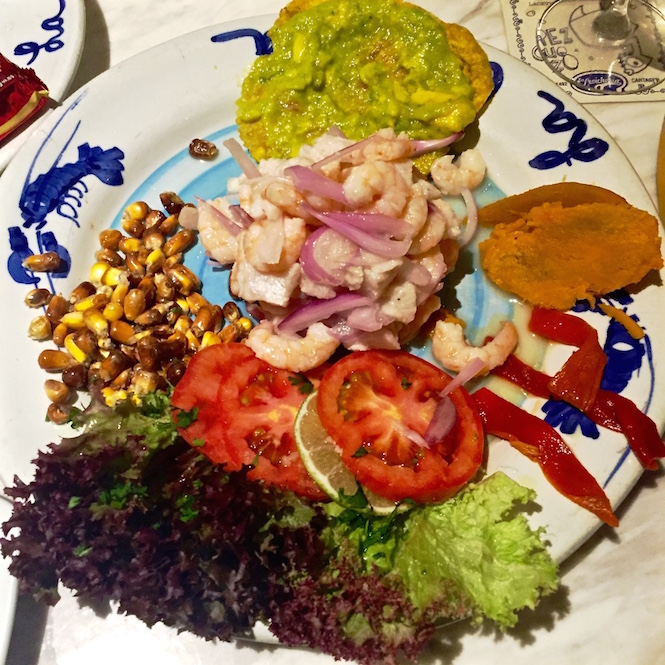
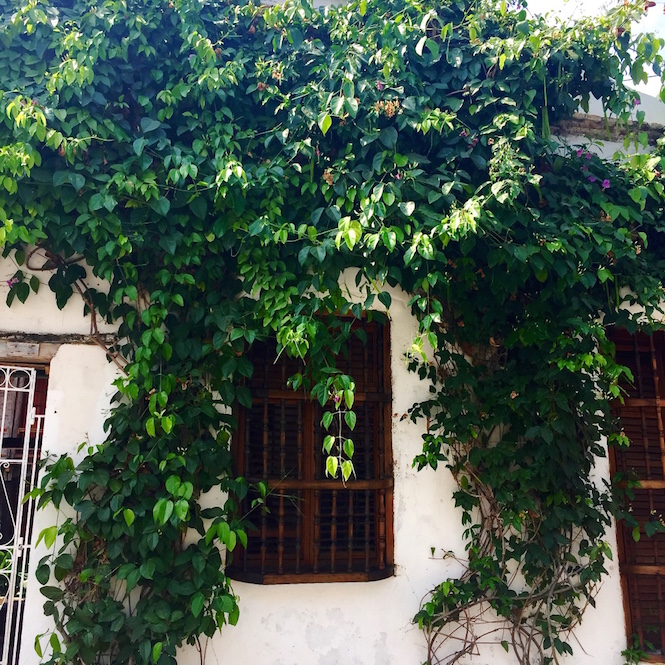
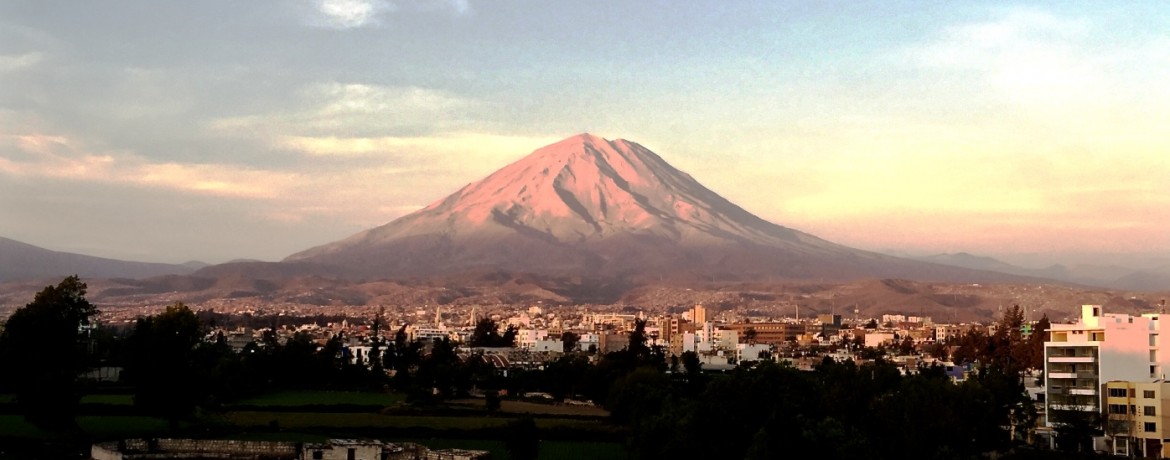
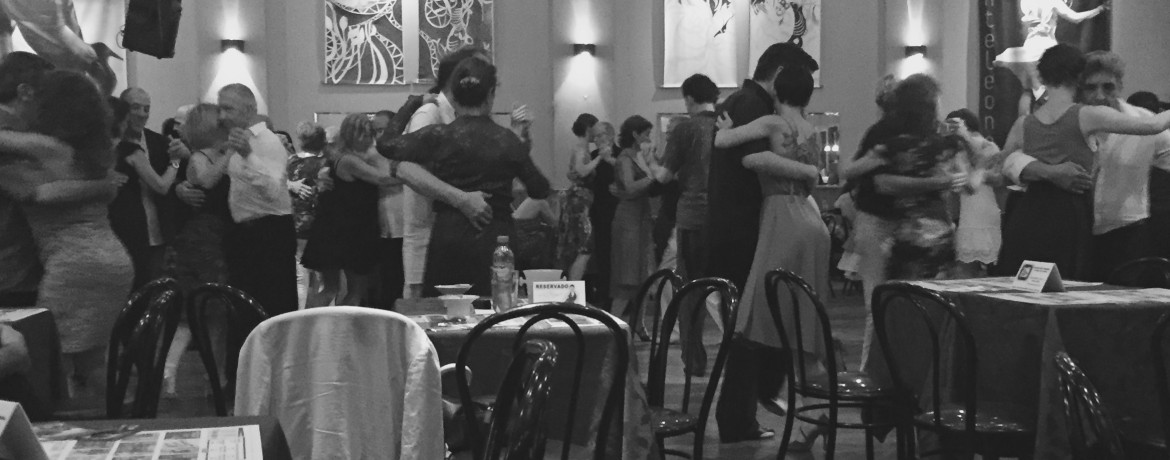
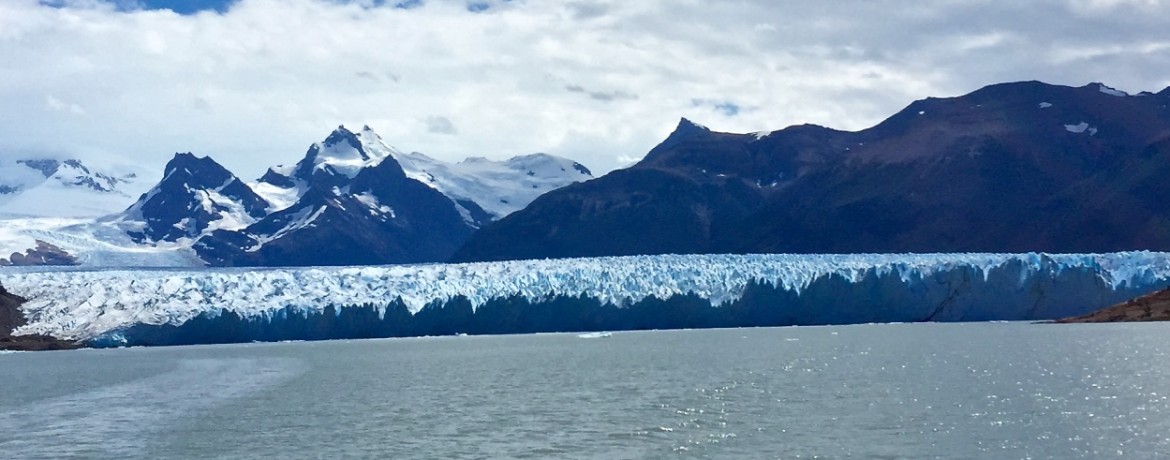
6 Comments
The yellow houses are enchanting to see. Your descriptions make us want to go there…maybe one day soon~~but I promised your dad we would go to Ireland while we (hubby and I) can still walk! Oyoko
Thanks for the comment! Colombia really is beautiful, hopefully you can make it after Ireland! (It’s much warmer here, too.)
Beautiful pics! Loving the enya reference
Thanks, Lauren! From Peru to Cebu!
Your descriptions, Mary, are as colorful and vivid as the streets and houses in Cartegena. You make us all feel like we are right there, thanks for that! Oyoko, you’ll see the same beautiful house colors and hanging flower baskets in Ireland too. xox
You going to Playa Blanca? Its an island off cartagena. Literally paradise.